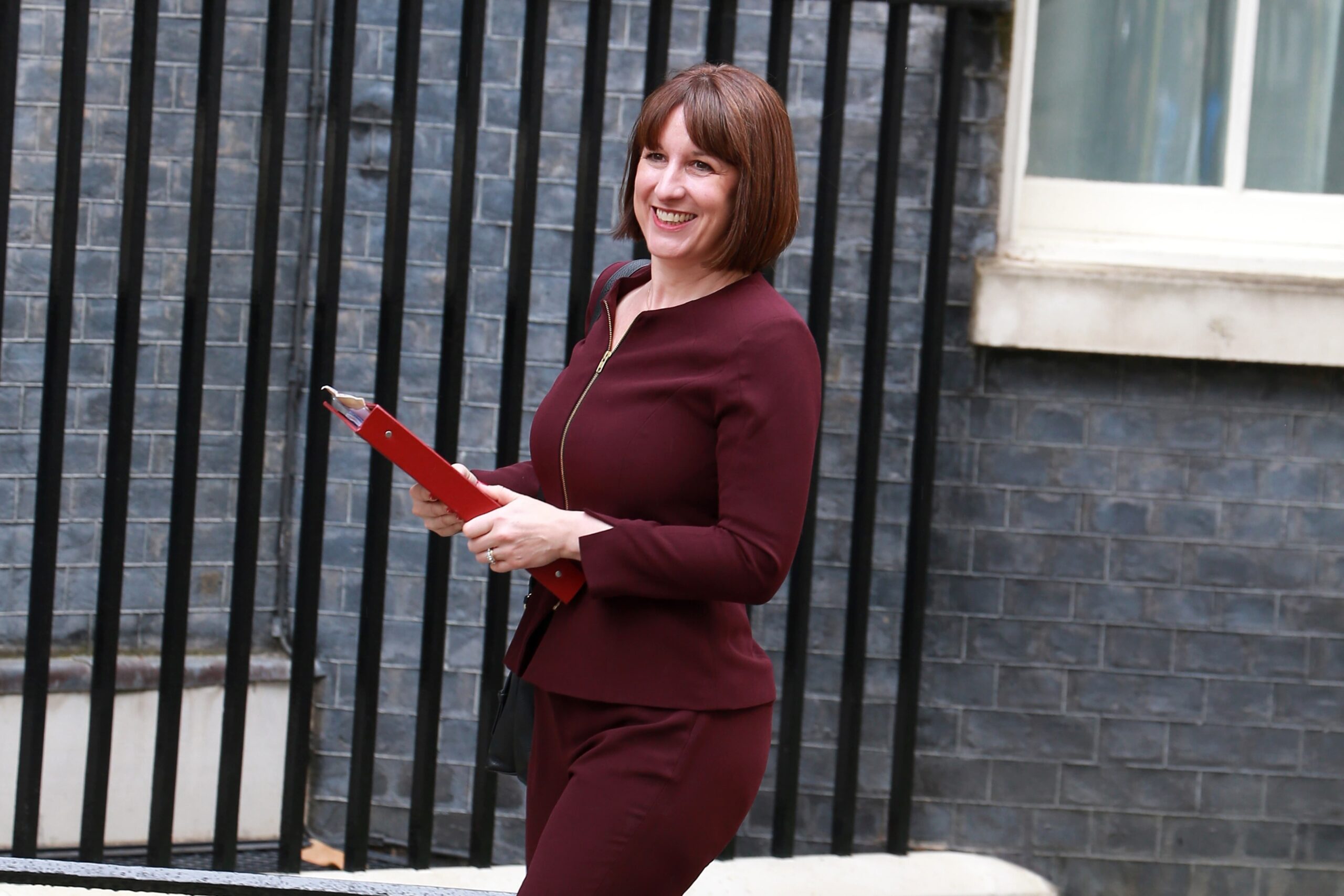
Posted on: 17th January 2025 in Investments
Most investment experts will tell you, “don’t put all your eggs in one basket”. Instead, spread your investments and build a diverse portfolio of different assets.
Diversification is the key to managing risk and ensuring your portfolio can weather the ups and downs of the market. Creating a diversified global portfolio is an excellent strategy if you’re ready to take your investments to the next level.
Read on to learn how you can do it.
Diversification means spreading your investments across different assets, industries, and regions to reduce risk. Instead of relying on a single company, sector, or country, you create a mix that can handle market shifts.
Think of it as a safety net for your investments. By holding a variety of assets that don’t all move in the same direction, you can reduce the overall volatility of your portfolio.
Asset allocation is the foundation of any investment strategy. It’s about deciding how much of your portfolio to allocate to different types of assets. Here are the main categories to consider:
Allocating investments across different regions is crucial to reducing country-specific risks. For example, political instability or economic downturns in one country won’t impact your portfolio as much if you’re also invested elsewhere.
Certain industries might thrive while others face challenges. By investing in multiple sectors—like technology, healthcare, energy, and consumer goods—you can avoid being overly dependent on one industry’s performance.
Before you start investing, take some time to think about your financial goals. Are you saving for retirement, a house, or your children’s education? Your timeline will influence how much risk you can take. If you’re investing long-term, you might be more comfortable with higher-risk assets like stocks. For short-term goals, safer options like bonds are better.
For most investors, mutual funds, exchange-traded funds (ETFs), and index funds are great tools for diversification. These funds pool money from many investors to buy a wide range of assets, making it easier to spread your investments. Look for global or international funds that cover multiple markets.
Knowledge is power. Before investing, research the markets and industries you’re interested in. Monitor global economic trends, currency fluctuations, and political developments. The more you know, the better equipped you’ll be to make informed decisions.
Once you’ve chosen your investments, decide how much of your portfolio to allocate to each asset class and region. This will depend on your goals and risk tolerance. For example, a younger investor might allocate 70% to stocks, 20% to bonds, and 10% to alternative investments. Regularly review your allocation to ensure it stays in line with your strategy.
Markets change, and so will the value of your investments. Rebalancing your portfolio—selling overperforming assets and buying underperforming ones—is essential to maintaining your desired allocation. Consider reviewing your portfolio annually or after significant market movements.
Investing globally means dealing with different currencies, which can fluctuate and affect your returns. Consider funds that hedge currency exposure or diversify across multiple currencies to manage this risk.
Every country has its rules and political climate, which can impact investments. Diversifying across regions helps reduce this risk. Staying informed about global developments also enables you to anticipate changes.
While spreading your investments is essential, over-diversification can dilute your returns. Focus on quality over quantity. Aim for a well-balanced mix rather than trying to invest in everything.
Creating a diversified global investment portfolio is one of the best ways to grow wealth while managing risk. By spreading your investments across different asset classes, regions, and industries, you can build a strong portfolio in the face of market challenges.
If all this sounds overwhelming, don’t worry. A financial adviser can help you create a personalised strategy based on your goals and risk tolerance.
Are you ready to take the next step? Whether you’re a seasoned investor or just starting your investment journey, we can help.
Contact Holborn Assets today to find out how we can help you navigate the complexities of global investing so you can feel confident about your portfolio.
We have 18 offices across the globe and we manage over $2billion for our 20,000+ clients
Get started
Digital Assets: From Fringe to Framework A Responsible View for Internationally Mobile Investors Executive Summary Digital assets have moved from the fringes of finance into mainstream discussion. The arrival of...
Read more
Across the global expatriate market, one product category is showing unprecedented momentum in 2025: Indexed Universal Life (IUL). As client expectations move toward solutions that combine long-term protection, tax-efficient wealth...
Read more
Chancellor Rachel Reeves delivered her second Autumn Budget in dramatic circumstances, after the Office for Budget Responsibility (OBR) accidentally released its full economic outlook online 45 minutes before her speech....
Read more
In today’s world, much of our lives are lived online. From email accounts and social media profiles to digital wallets and online businesses, we’re building a digital legacy—often without realising...
Read more